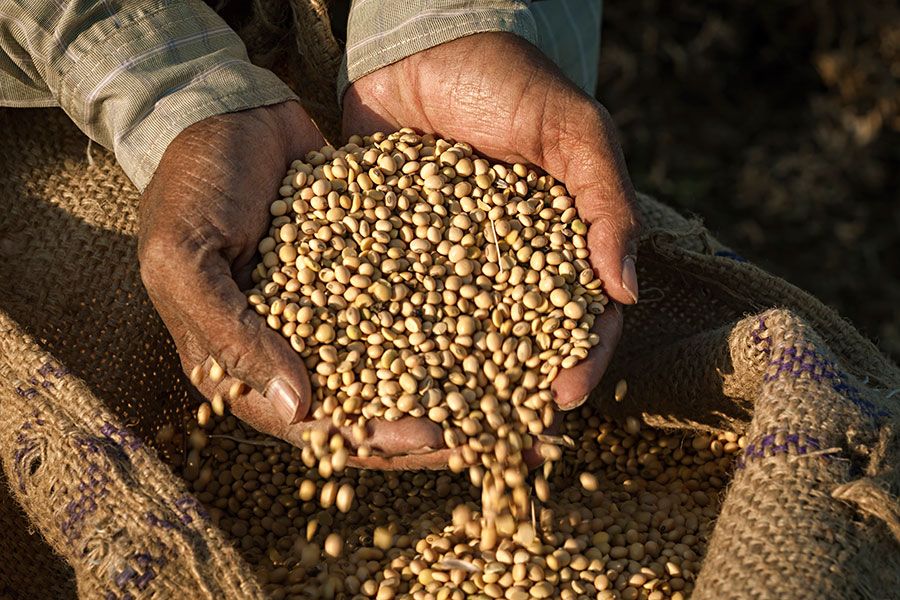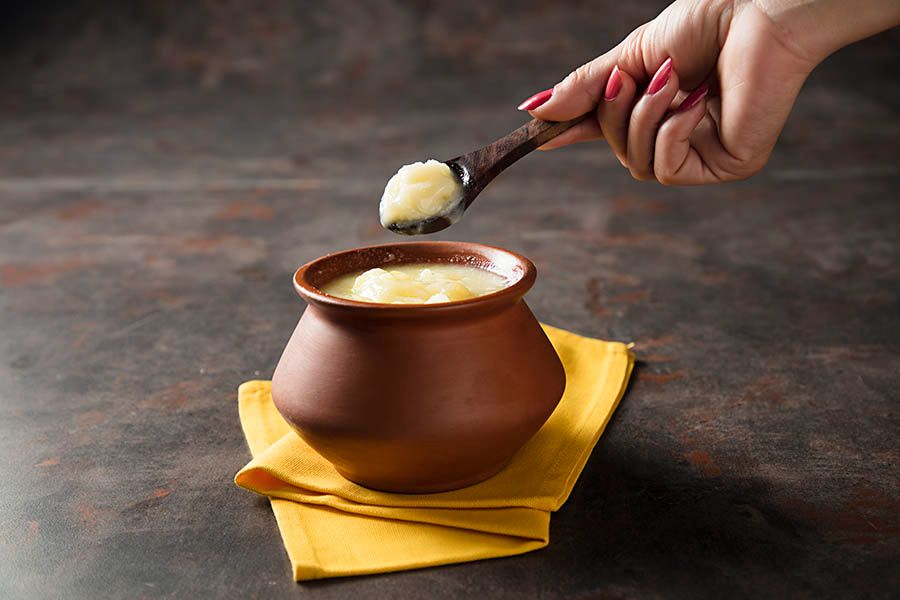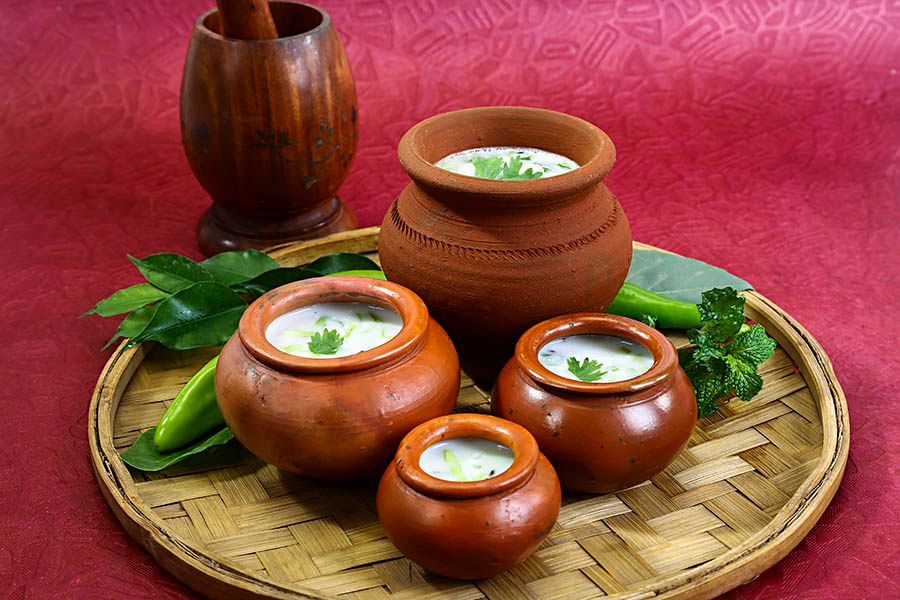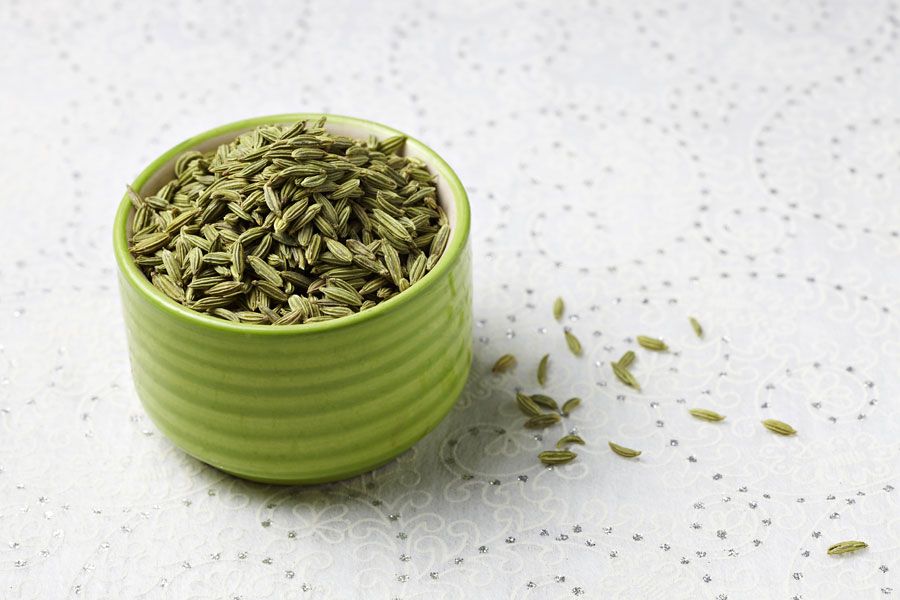5 Foods that help reduce Period pain and cramps
Most women experience menstrual pain. Up to 20 percent of women face severe abdominal pain that interferes with their work or other activities.

Most women experience menstrual pain. Up to 20 percent of women face severe abdominal pain that interferes with their work or other activities for two or more days every month. Sometimes the pain alleviates after childbirth but for many women, it continues till the natural cessation of the period cycle.
Why do we get period cramps?
There are certain hormone-like substances called prostaglandins that are responsible for menstrual cramps. During your monthly cycle, the uterine muscles of the wall contract to help the blood lining release outside the body through the vaginal canal. Severe menstrual cramps occur due to high levels of prostaglandins.
Here is a compiled list of foods to eat if you are experiencing severe cramping.
1.WHOLE GRAINS
Whole grains like jowar, bajra, whole wheat, and oats are excellent sources of B complex vitamins and vitamin E that helps in mood swings and fatigue. It also improves the health of the ovaries and the reproductive system.

2.GHEE
Whenever the body is dry from within hence it needs lubrication. A teaspoon of ghee can be incorporated with lunch and dinner. This will help to reduce period pain and nausea. Alternatively a teaspoon of ghee with a glass of warm water early morning on a regular basis.

3.BUTTERMILK
On normal days, it is optimum to drink buttermilk one week before menstruation. This will help in keeping the body hydrated and provide replenishment for the lost nutrients. Add a pinch of asafetida and half a teaspoon of fenugreek powder with black salt to your buttermilk to help decrease the cramps.

4.FENNEL SEEDS
Fennel seeds are rich in inflammatory properties. However, it is advisable not to boil fennel seeds as they lose their nutritional value. You can consume by having fennel seeds water. ( Take a pan, add 2 tsp of fennel seeds and then add 2 cups of boiling hot water. Cover it with a lid. Let it rest for 10-12 minutes. Strain and consume it warm twice a day).

5.GINGER
Ginger is found to be as effective as painkillers that are provided over the counter. Ginger has a compound which is called gingerol, which has antioxidant and anti-inflammatory properties which reduce menstrual cramps and bloating in the body. Excessive usage of ginger might trigger heavy bleeding in some women.

SUMMARY
In conclusion, the food that we consume plays an important role in menstrual cramps. Along with these foods, we also encourage you to avoid certain foods like processed foods, canned foods, fatty and fried foods, and excessive salt which might worsen your cramps. Baddha Konasana, Balasana, and Uttanasana are some of the asanas which can be practiced during monthly cycles to reduce painful cramps.
Jayti Shah is a Clinical Nutritionist with a master's degree in Clinical Nutrition and Dietetics. She is a member of the Indian Dietetic Association (IDA). Over the last 9 years, she has helped 400 clients in their clinical and weight loss journeys. She works with SocialBoat as a nutrition consultant. We hope this article helps you to understand what are the causes of menstrual cramps and the remedies to reduce them by incorporating simple ways in your daily routine.
At SocialBoat, we offer you custom diet plans and guided workouts to help you achieve your goals in a 360-degree approach. Our gamified experience ensures that you don’t find workouts boring and we reward you for being consistent with your efforts.

